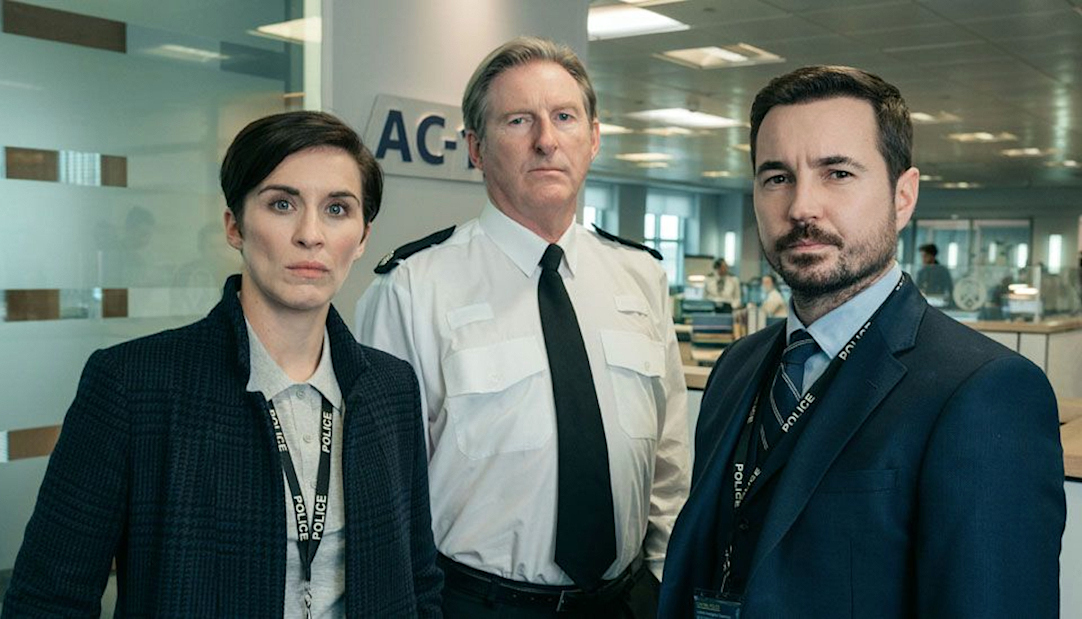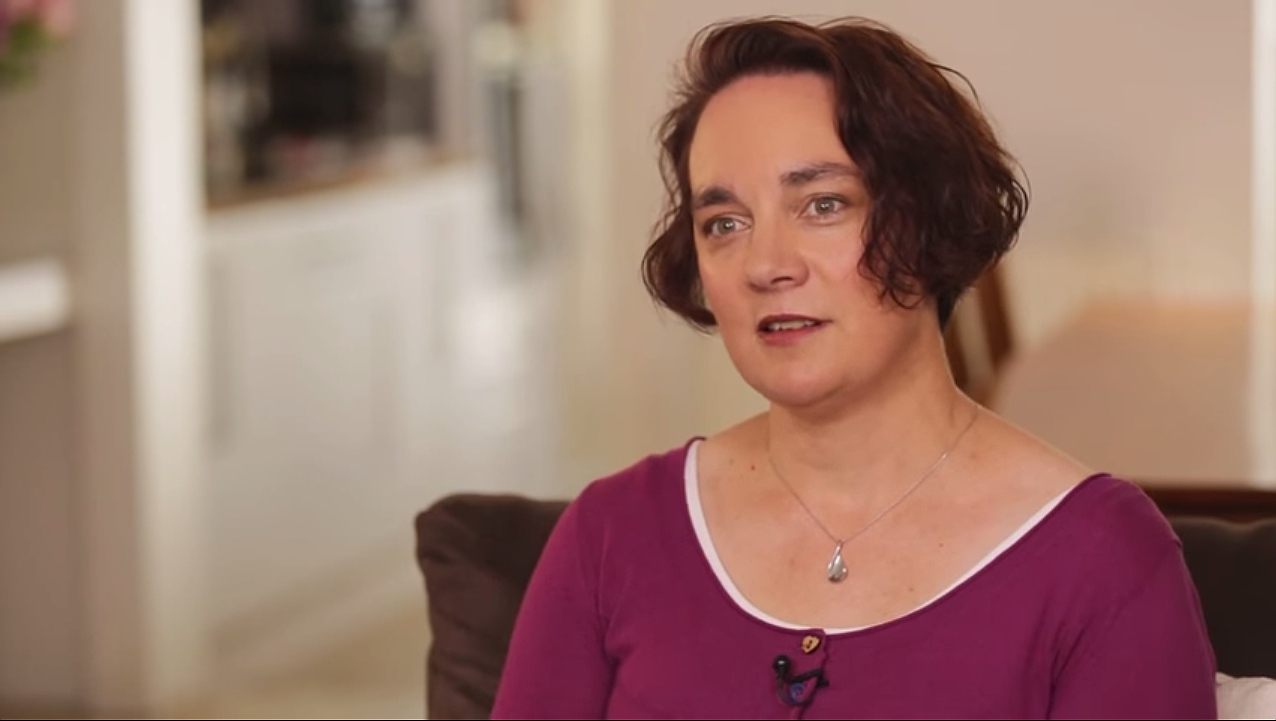Today is World Suicide Prevention Day. Here’s What Survivors Want You to Know
Picture: Jon Tyson (creative commons)
Diana is a hair stylist and public health advocate. Chestnut hair, warm smile, she’s good at her job and caring towards others. She’s also a five-time suicide attempt survivor. Hers is one of many stories I’ve heard in preparation for today—World Suicide Prevention Day. Around the world close to 800,000 people die by suicide each year, and for each suicide another twenty attempts are made. The ripple effects on family, friends, colleagues and communities are inestimable. Having spent time on the end of a crisis line, I thought I knew a bit about the subject. But there was so much more for me to know. Here’s what people like Diana want you and me to learn.
They Don’t Want to Die
Most people contemplating suicide don’t want to end their lives so much as escape a moment of pain. This distinction is important. When the dark thoughts come they can be engulfing, leading someone to believe that things will never change. But survivors like Diana tell us they can change—and do. ‘I didn’t want to die,’ Diana says, ‘I wanted to live, but not with the same pain I was going through.’ What’s needed in that moment is hope.
Don’t Be Afraid of the ‘S’ Word
I already knew that human connection can provide that needed hope. Whether calling a helpline or visiting a friend, talking with someone helps interrupt the darkness. What I needed to learn was that it’s OK to talk about suicide. Maybe like me, you’d probably avoid the ‘S’ word with a vulnerable friend, fearing it might give them ideas. But survivors tell us it works the other way around. Asking someone if they’re feeling suicidal can give them permission to talk. If they do, don’t worry about saying the wrong thing either. It’s our presence that’s needed, not our ‘solutions’, and a simple ‘How can I help?’ will be OK.
This Pain Could Contain Their Purpose
Picture: Lina Trochez (creative commons)
Diana’s turning point came through a critical rescue—the circumstances of which she attributes to a Higher Power—plus a doctor unafraid of the ‘S’ word, and a good treatment programme. Four years ago she took the brave step of going public about being a suicide attempt survivor—helping others to know they’re not alone and proving things can get better. Diana is using her experience to help save lives. She even says she’s found her life’s calling.
Which leads to another important lesson:
The very pain that takes someone to the brink can hold within it a new life purpose. Our darkest moments can be recycled to help others, which can be reason enough to fight for another day.
If You or Someone You Know Needs Help
United Kingdom
Samaritans
Call 116 123
Email
United States
National Suicide Prevention Lifeline
Call 1 800 273 8255
Chat






